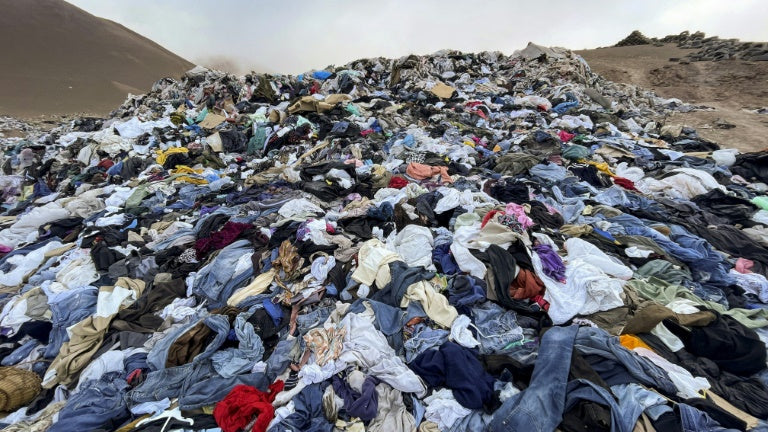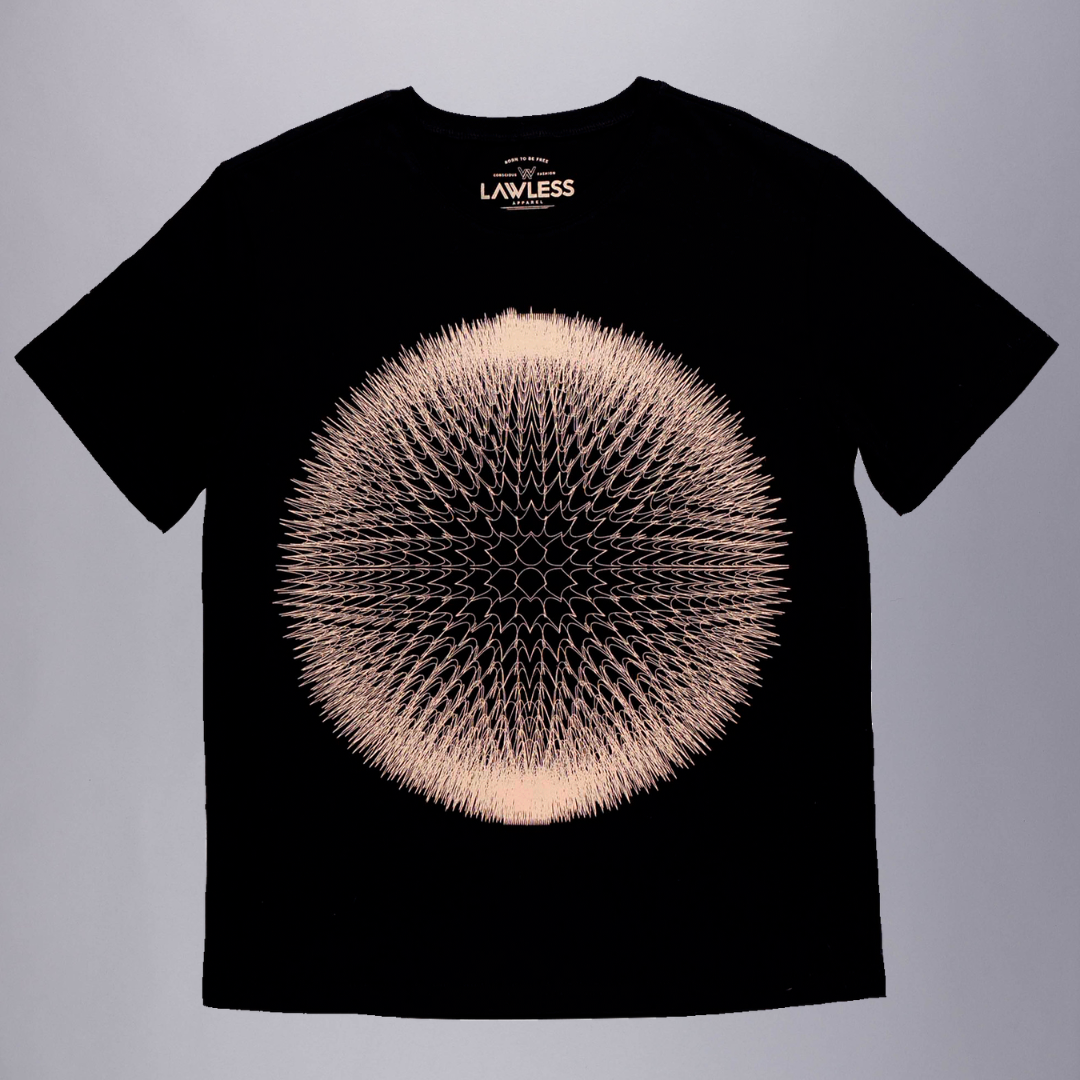Ever since the industrial revolution, everything has changed, fashion included. The ability to mass-produce fashion garments and profit off of the masses has become an issue, often, this mass production occurs under inhumane conditions, and the garments are mindfully designed to be fragile and with a short lifespan, the fast fashion industry production is cheap, hence, it’s also consumed at a higher rate. Eventually leading to sustainability issues. As the earth's population just reached 8 billion, fast fashion not only continues to pollute our environment, but also reduces the impact of other environmentally conscious efforts

What is slow fashion?
Share
Before all of this happened, garments were locally made using high-quality materials available for clothing production that could serve us for a long time. Clothing was used to reflect the roots of the people’s culture, their place, and the things they believed in.
Because fast fashion clothing is so affordable, it inevitably leads us to an increasing clothing consumption. Global consumption of apparel has risen approximately to 62 million tons per year and is projected to further increase in the coming years. Fast fashion brands are producing twice the amount of clothes today than in the years before. This increase in production has also increased the pre- and post-production textile waste. Despite such high rates of textile waste, its recycling remains too low.
Fiber production uses multiple pesticides, herbicides, and chemicals that can leach into the soil and kill its biodiversity. Causing much more harm to mother nature. This pollution not only damages our soils, but also creates an unsafe environment and increases the risk of health issues for factory workers, cotton farmers, and also consumers.
To lower the prices and produce clothing items for cheap, polyester is a popular material choice, which consists of plastic and releases a larger amount of carbon emissions than cotton. Not only is plastic slow to degrade in the ocean, but it also creates a toxic substance when it degrades. These microplastics can also end up in the human food chain, causing negative health effects.
The fast fashion industry also uses large amounts of water. Currently, 44 trillion liters of water are used annually by the industry. It was estimated that 20% of water loss suffered by the Aral Sea was caused due to cotton demand and consumption.
In essence, slow fashion opposes fast fashion. Slow fashion is all about sustainability and a more careful approach to the fashion industry, advocating for higher quality garments, and values fair treatment of workers, animals, and our planet.
Before all of this happened, garments were locally produced using high-quality materials available for clothing production that could serve us for a long time. Clothing was used to reflect the roots of the people’s culture, their place, and the things they believed in.
Lawless apparel strives to preserve this principle, we produce slow-fashion garments with unique designs, beautifully combining both to create high-quality, one-of-a-kind fashion pieces with a powerful message to share.
Our mission is to raise awareness about social issues that affect our societies. We use 100% organic cotton in our production, recycle as much as possible, and do business by the standards of fair trade.
Our Pollution designs specially address this situation directly, we will always be unapologetic about the causes we believe in. It's up to all of us to stop this madness from getting worse and damaging our environment permanently.
Join the conscious fashion movement with Lawless and convey your message to the world!

